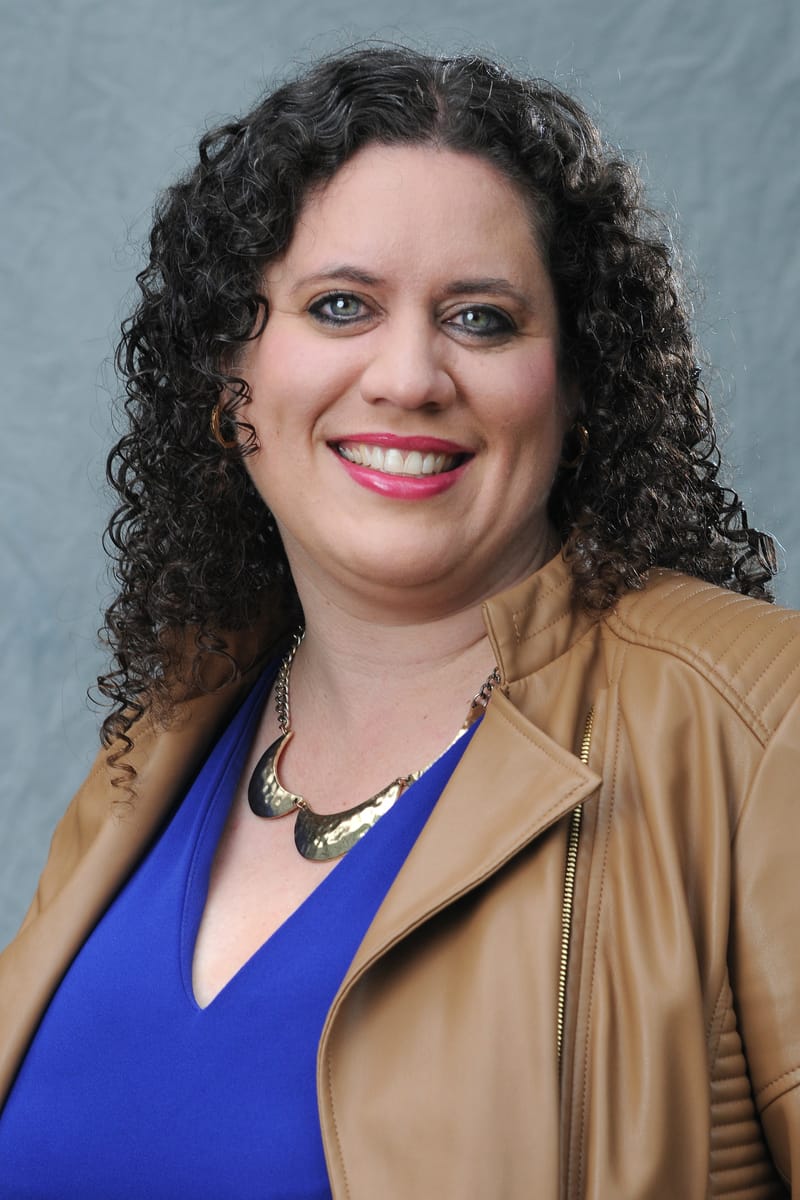Bloomberg gift makes med school free for most Johns Hopkins students

Medical school now be free for most Johns Hopkins students thanks to a $1 billion donation by Bloomberg Philanthropies. Photo by Getty Images via Unsplash
What you probably already know: Billionaire Mike Bloomberg’s philanthropic organization on Monday announced a $1 billion gift to Johns Hopkins University that will make medical school tuition free for anyone with a household income under $300,000 a year. Bloomberg graduated from Johns Hopkins, and in 2018, made a $1.8 billion gift to the school to permanently establish need-blind undergraduate admissions.
Why? In an open letter on Monday, Bloomberg said that students from families with the greatest financial need went from making up 9% of Johns Hopkins students to 21% in the last decade, more than most other Ivy League or Ivy-adjacent schools after his initial donation. The new gift aims to do the same thing for medical school, which many less-wealthy students don’t even apply for because it’s so expensive.
What it means: The average total cost of medical school is about $235,000, and even state schools average around $160,000, according to the Educational Data Initiative. Every year, that price tag goes up by 2.5%. While the number of women and people of color in the field is rising, women are still just under 40% of all physicians and, on average, make $219,000 a year compared to $300,000 for men. Data USA found that 64% of doctors are white, 22% are Asian, 8% are Hispanic and just under 6% are Black.
What happens now? Bloomberg hopes this will entice people who might not have considered medical school to give it a shot, which could also diversify the ranks of doctors graduating into practice. This is critical to improve the enormous health inequities across different races. American Indian and Alaskan Natives, and Black people have significantly shorter life expectancies than white people — almost a decade in the case of American Indian people — and Black babies are twice as likely to die as white babies. Improving diversity among medical school grads could improve health outcomes for those populations by improving access to care and doctors who can better understand their patients’ lived experiences.
Check out the Formidable Podcast — informational interviews with women leaders on news-driven topics, spotlighting timely and thought-provoking issues facing our world.
Listen on Spotify or Apple Podcasts.

